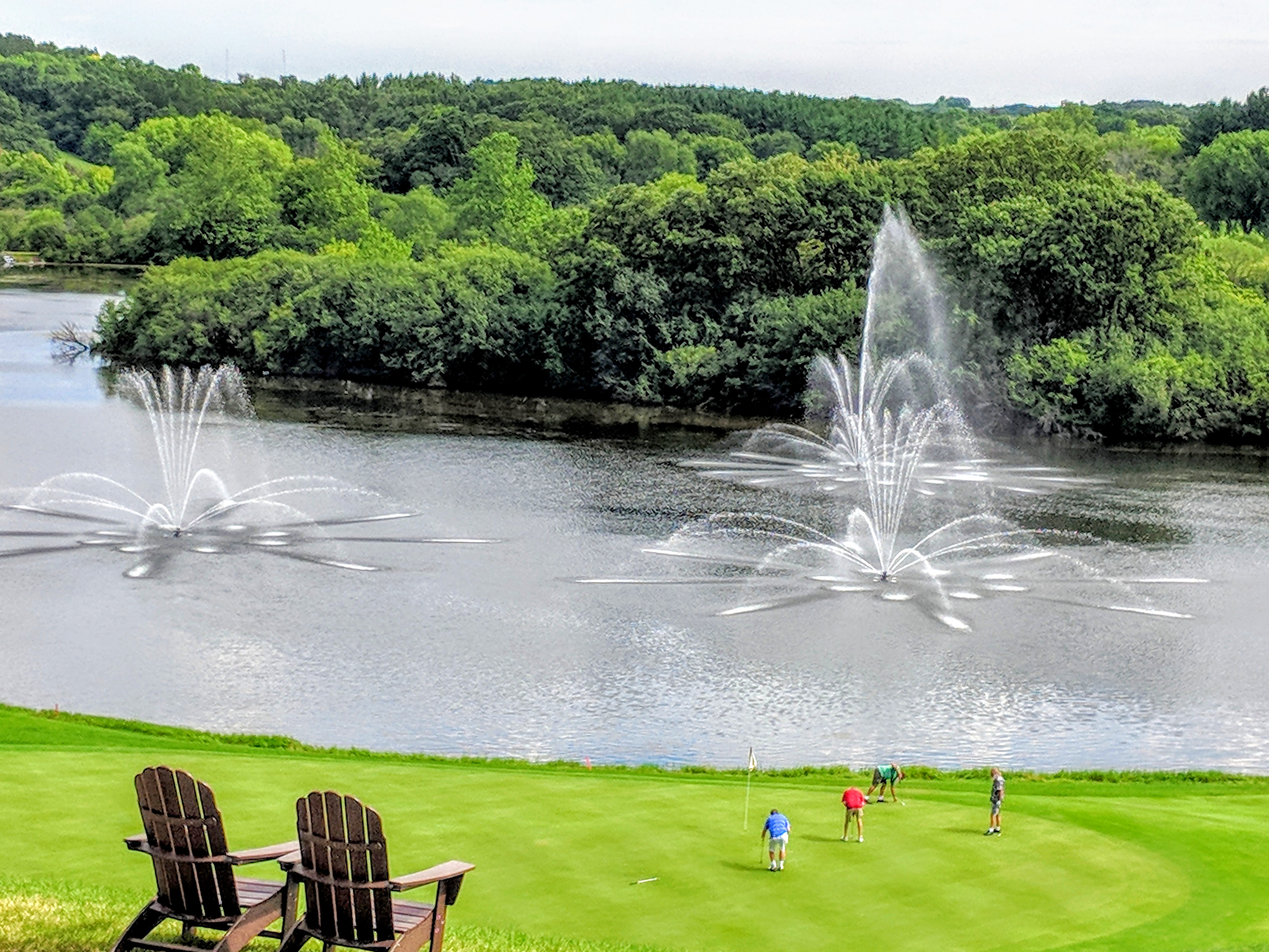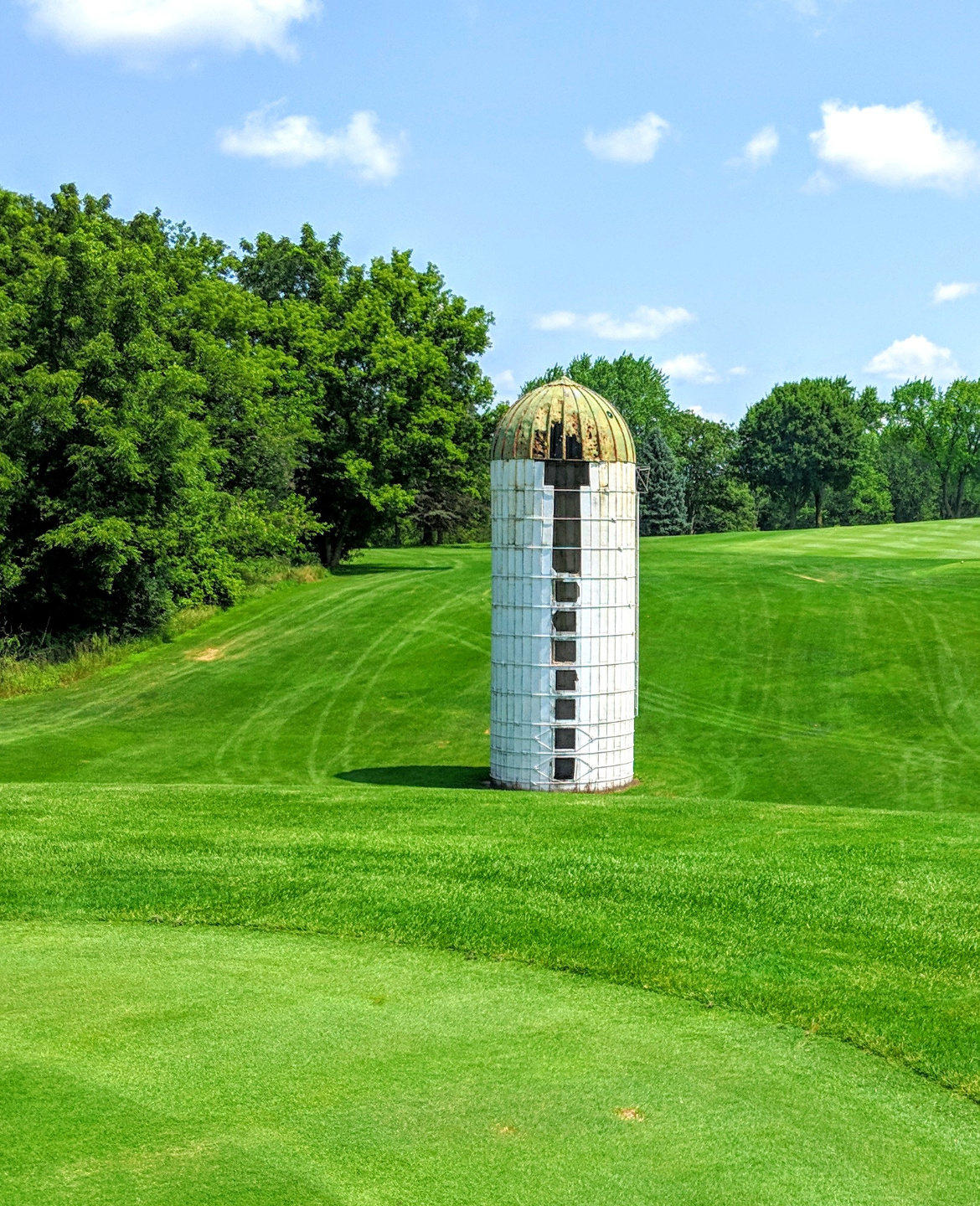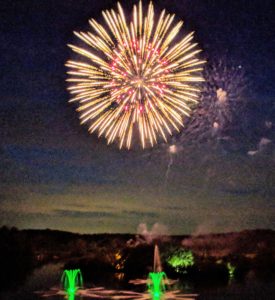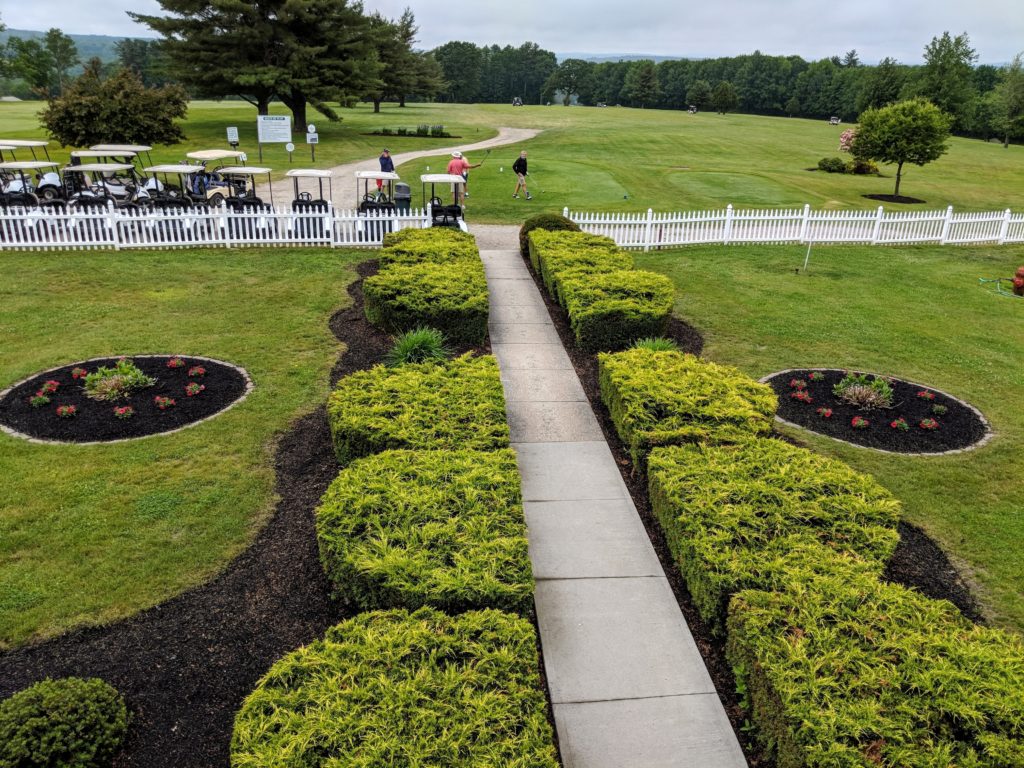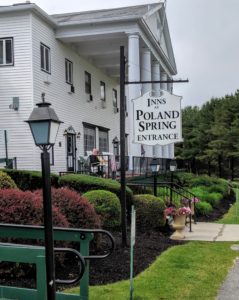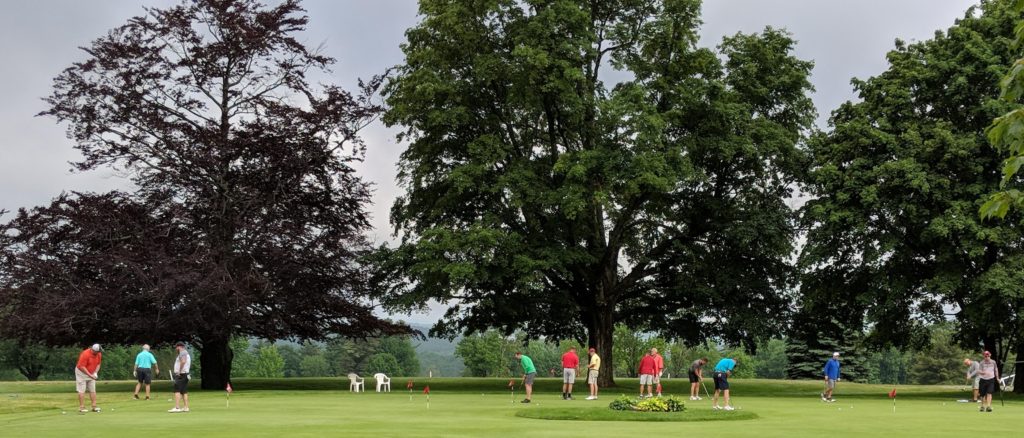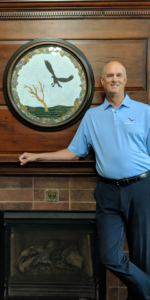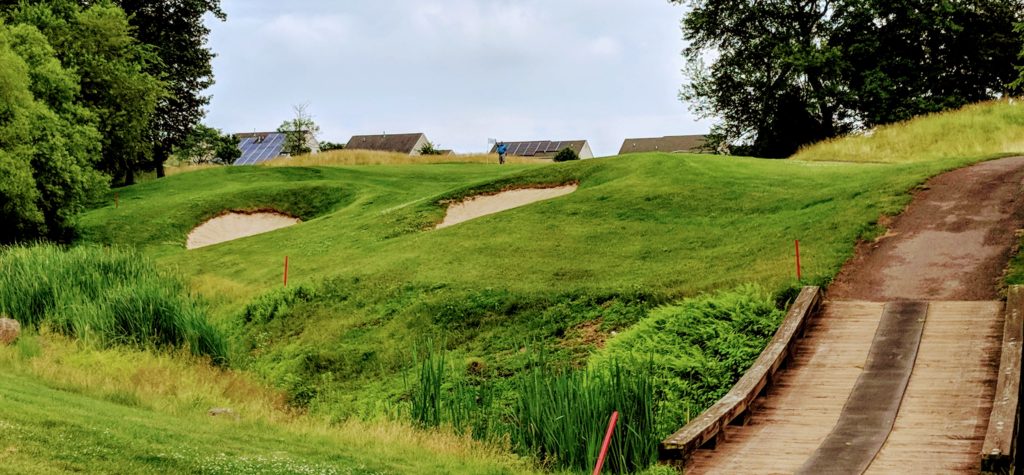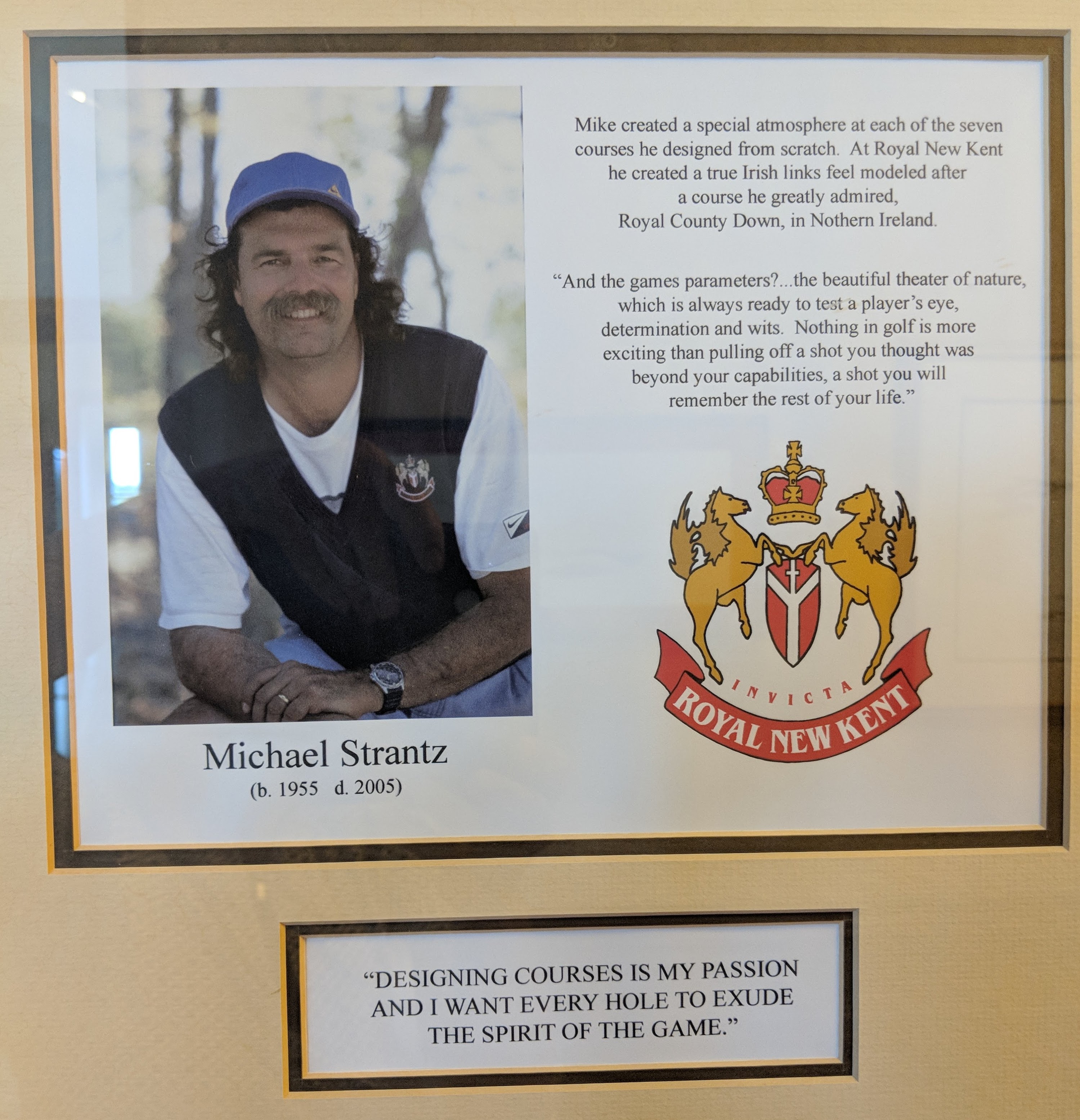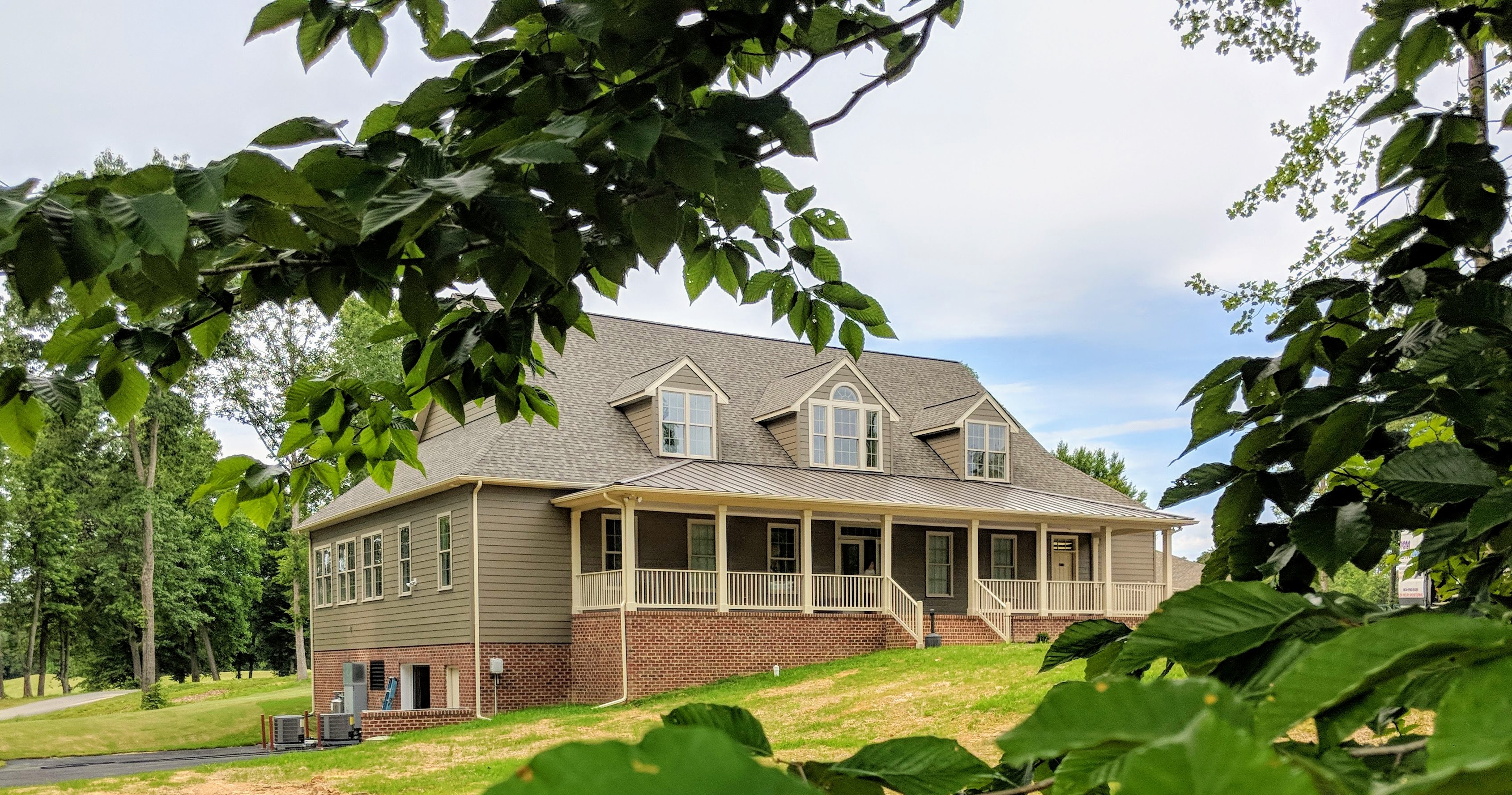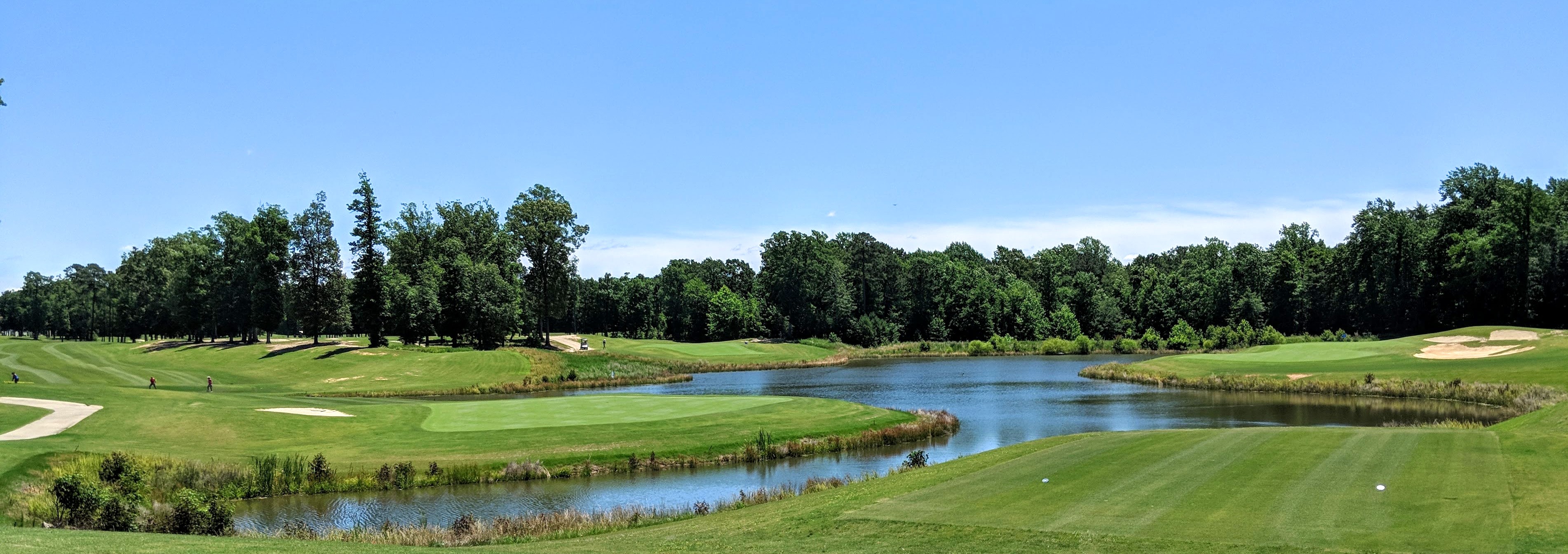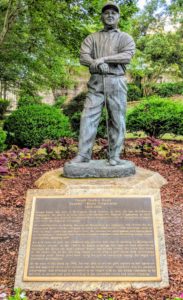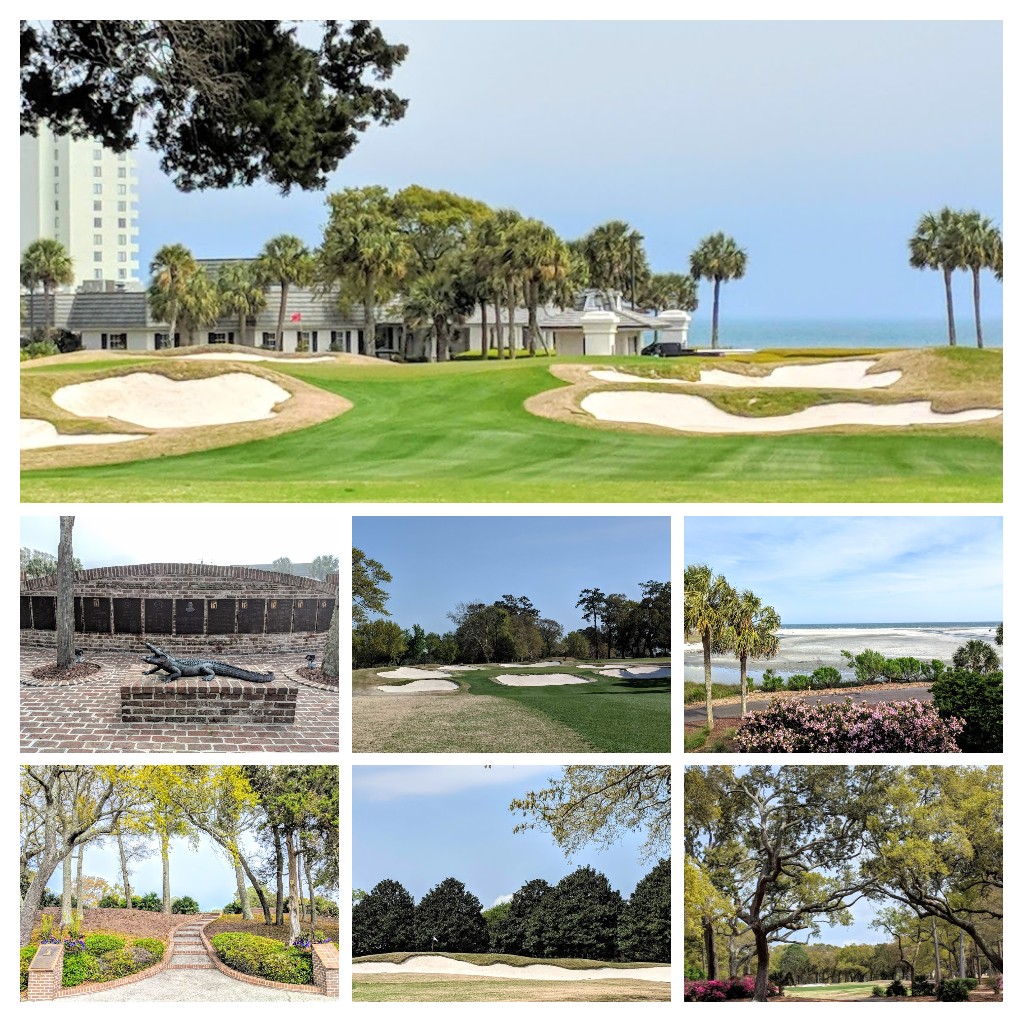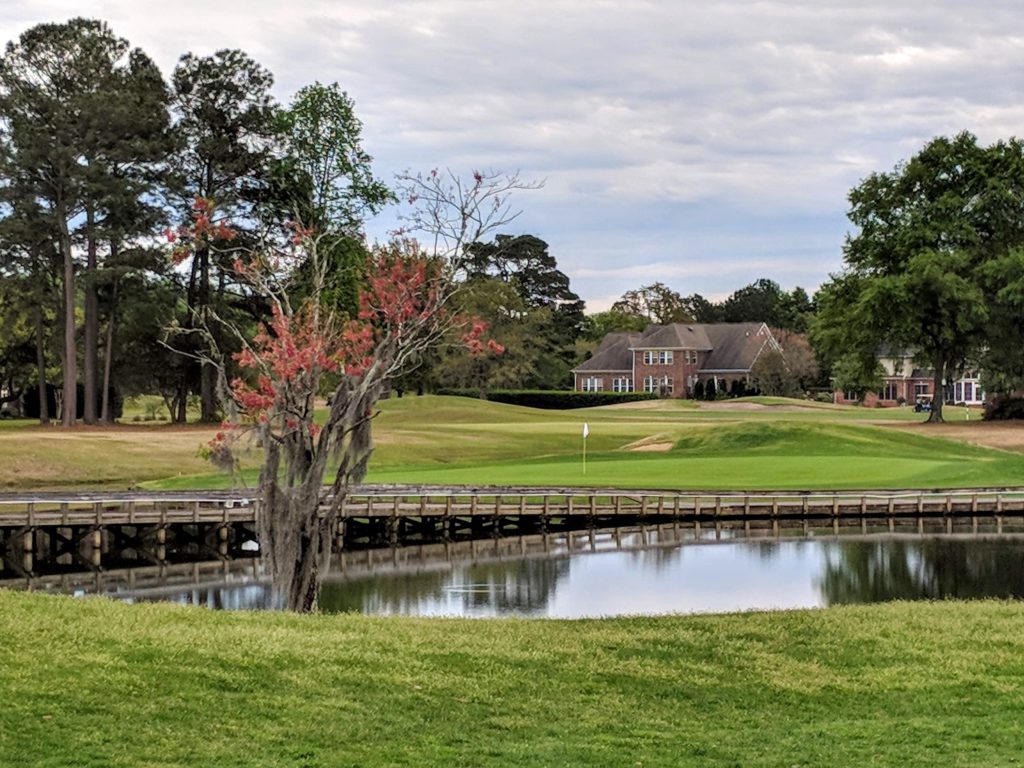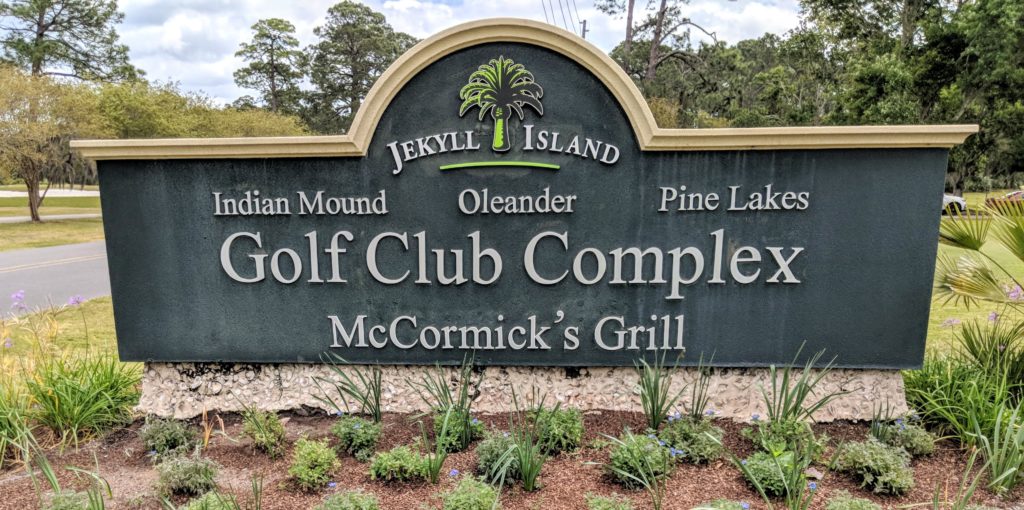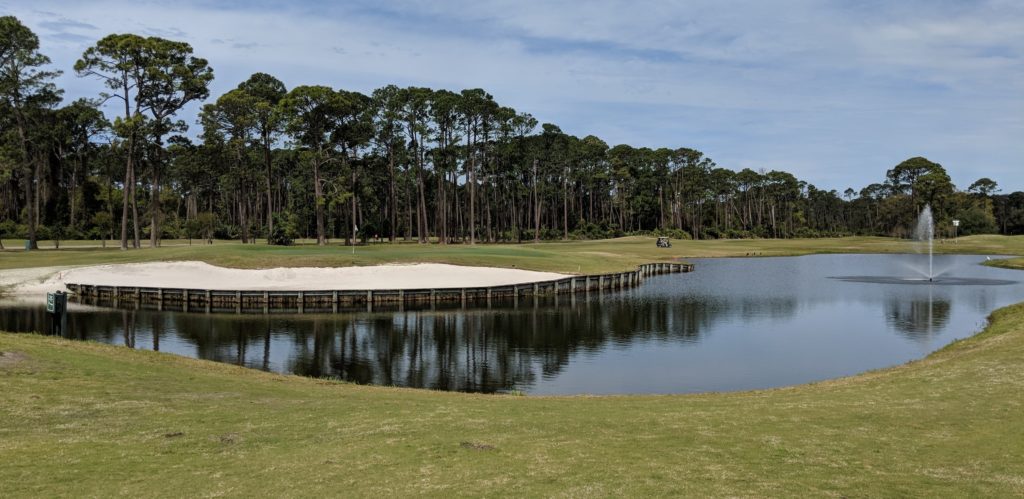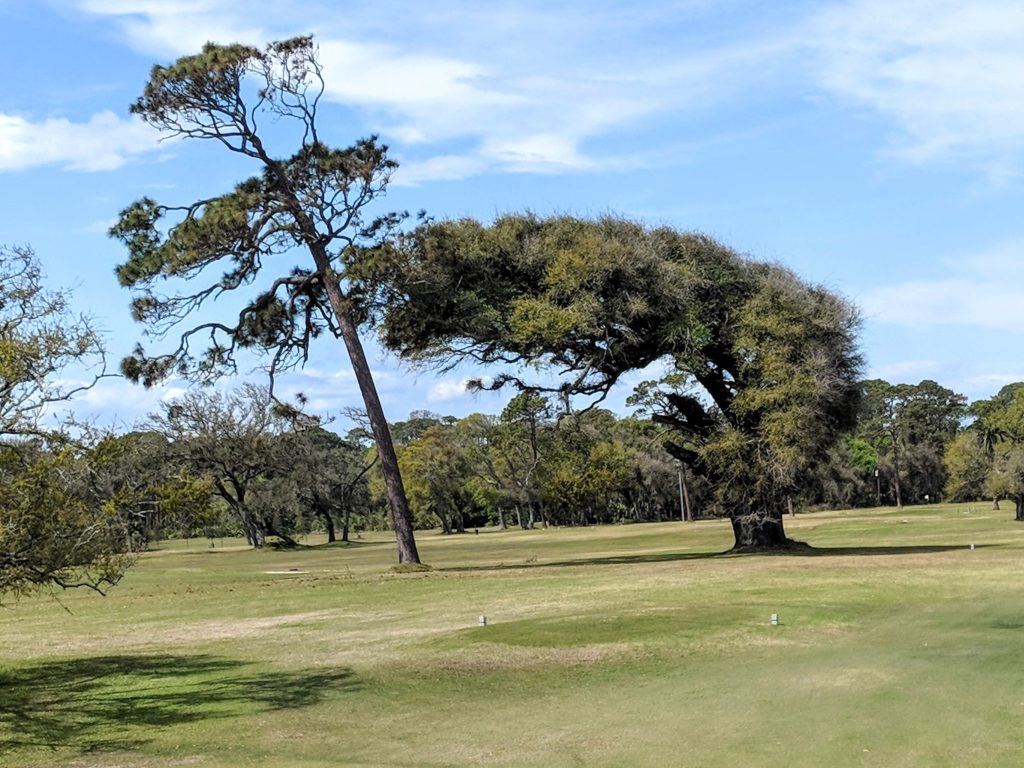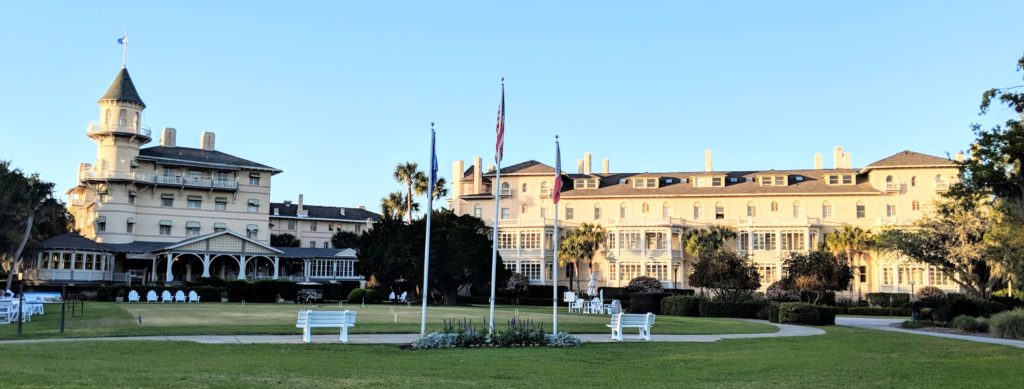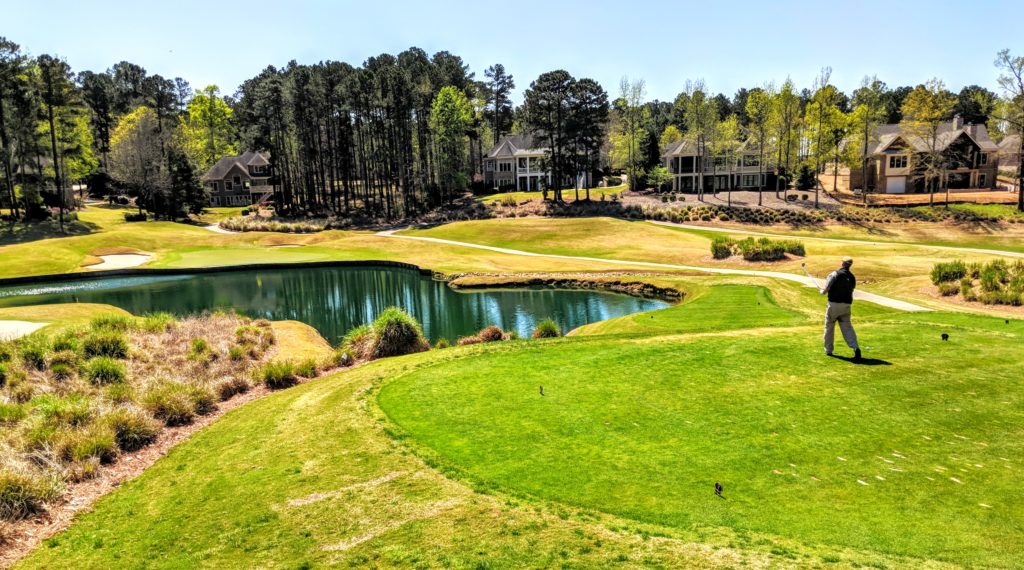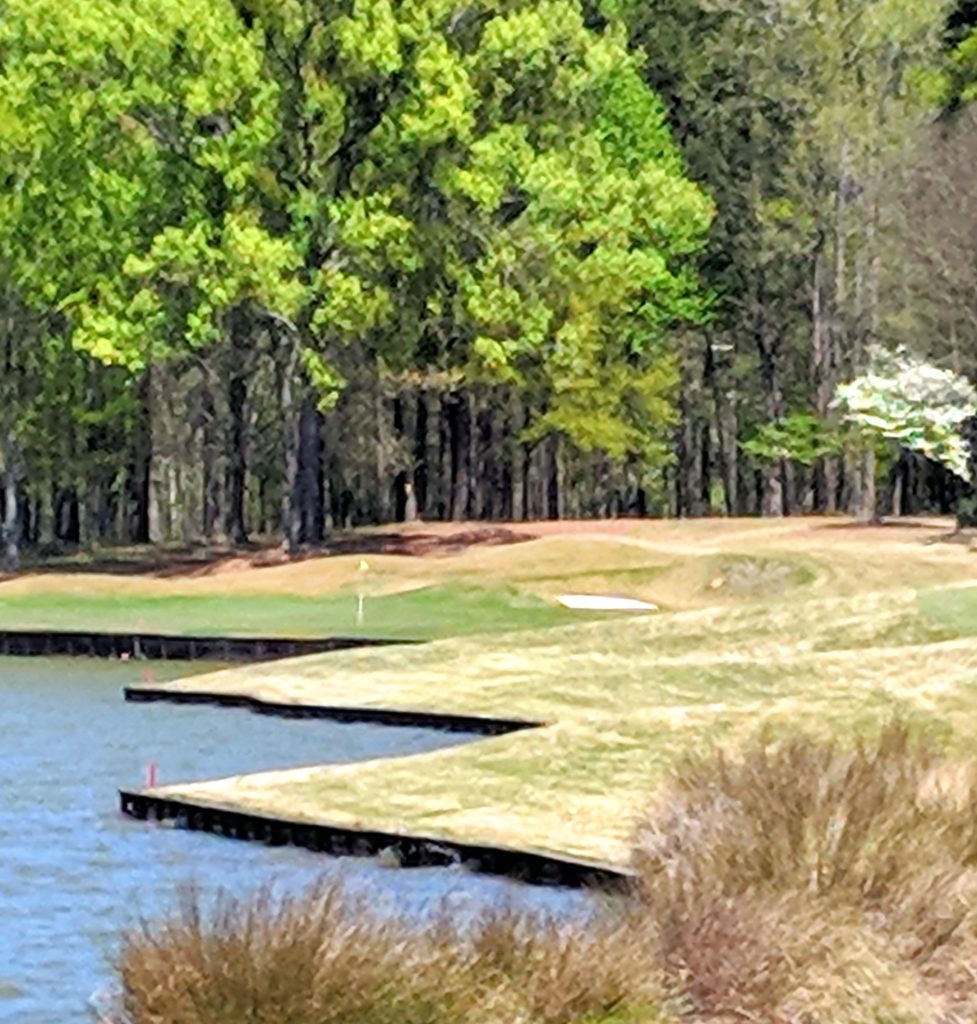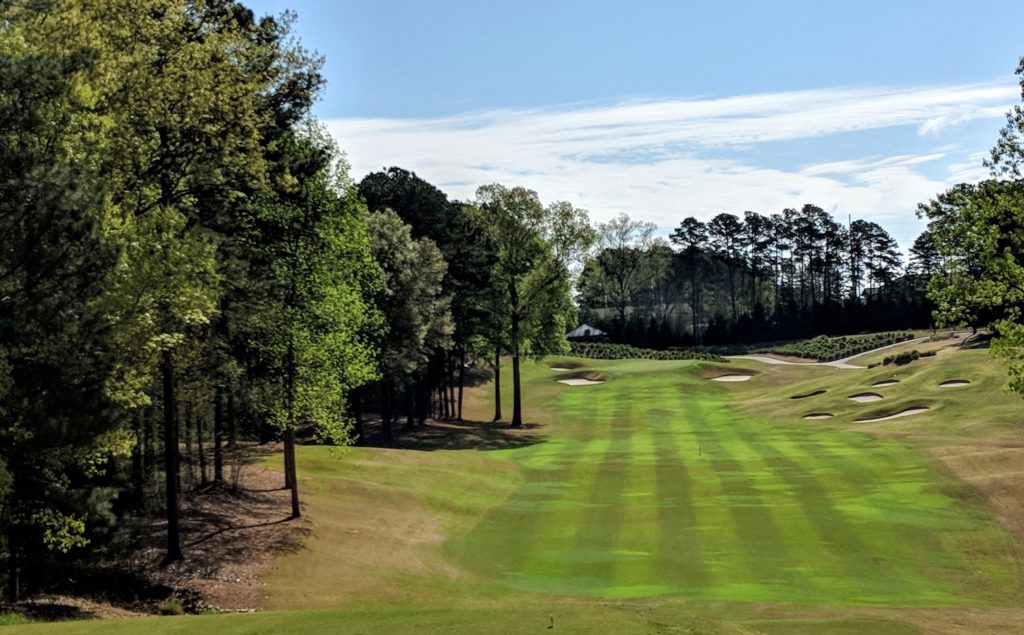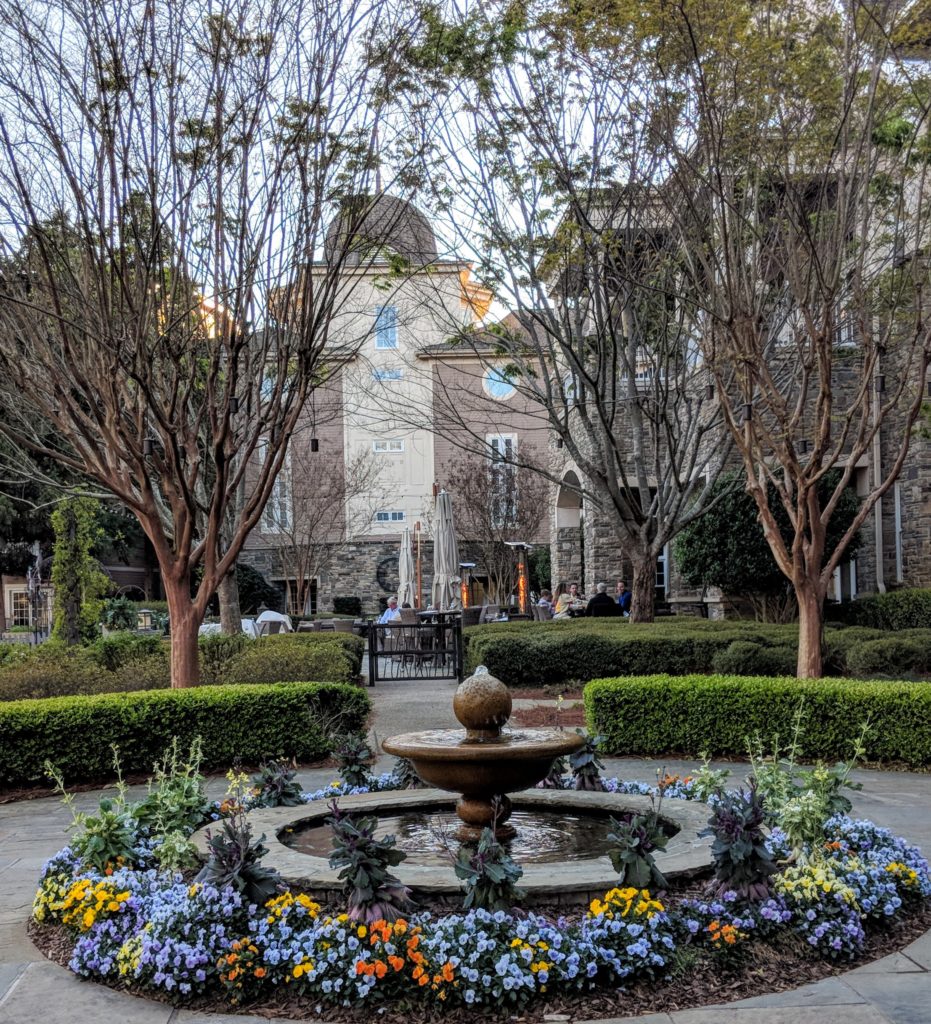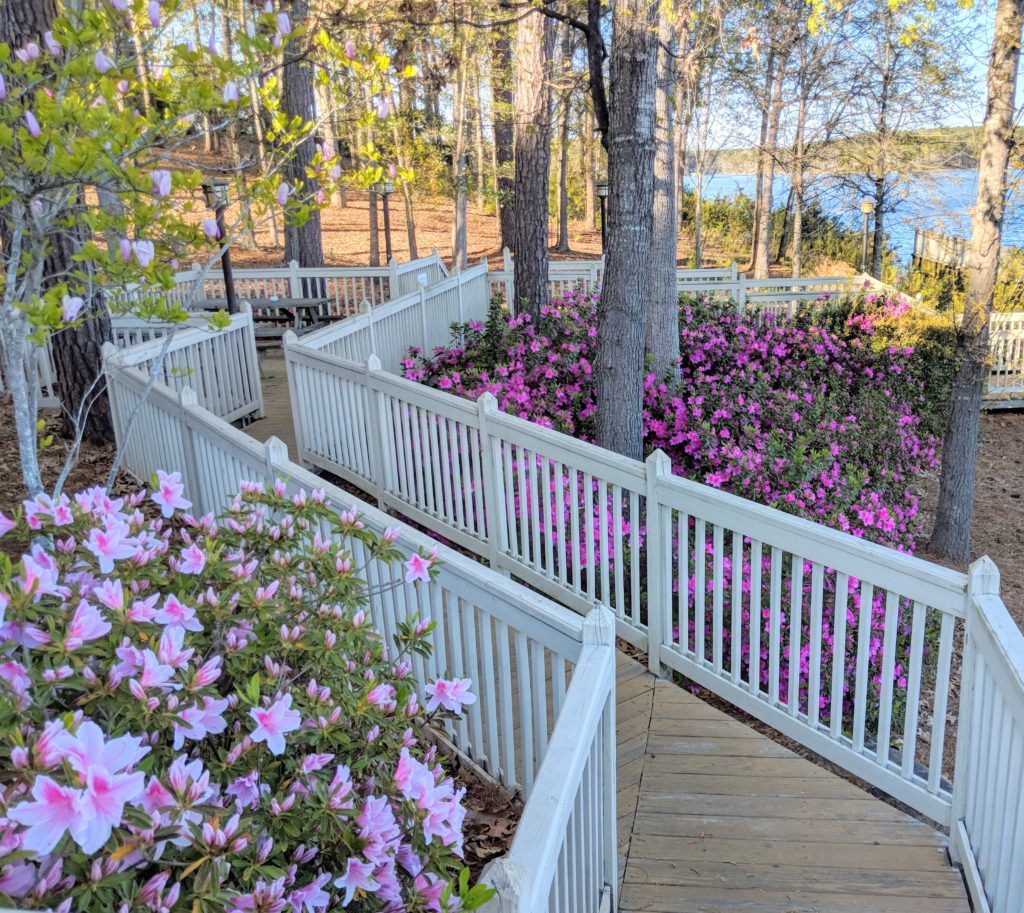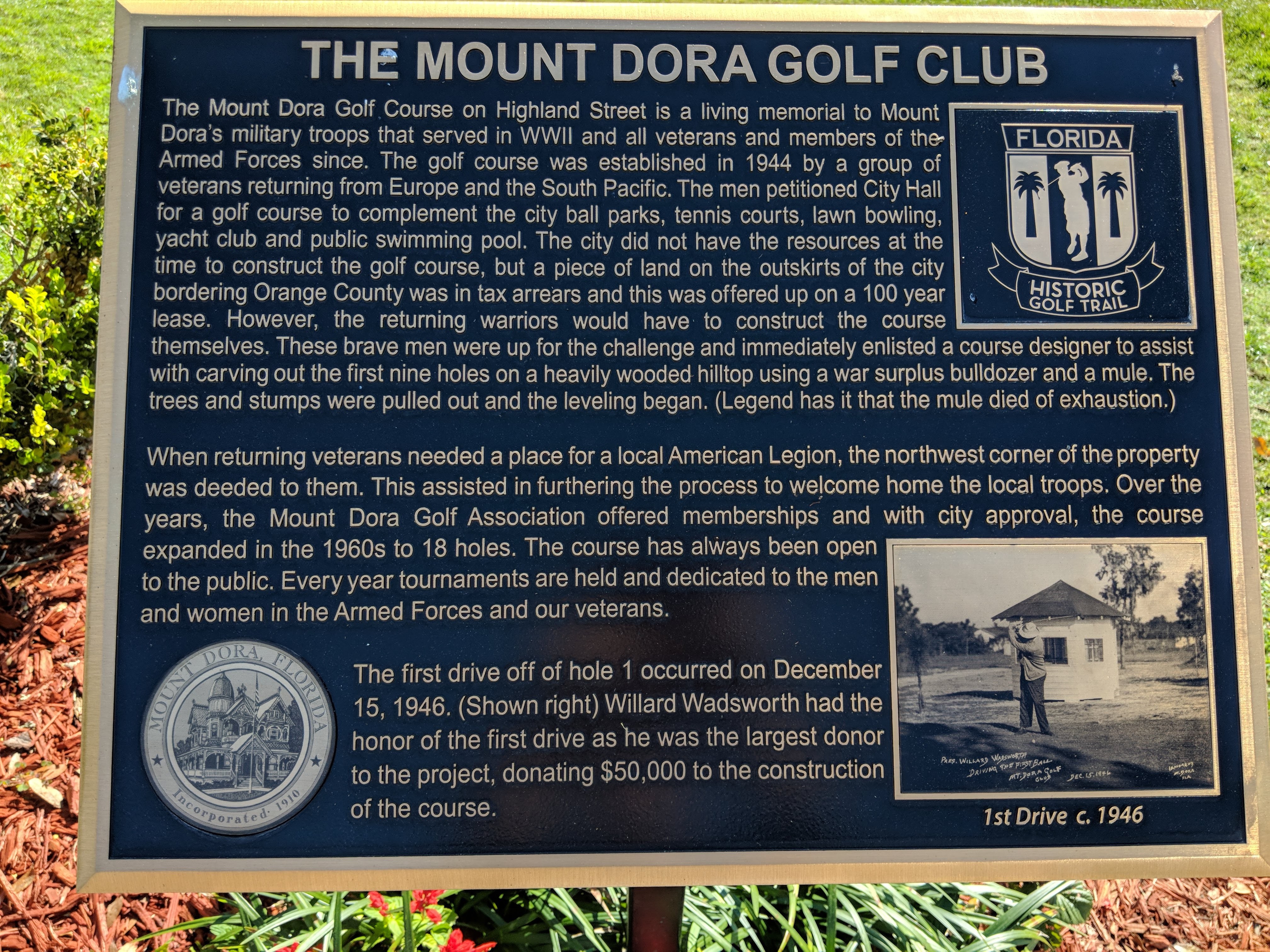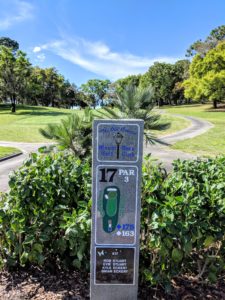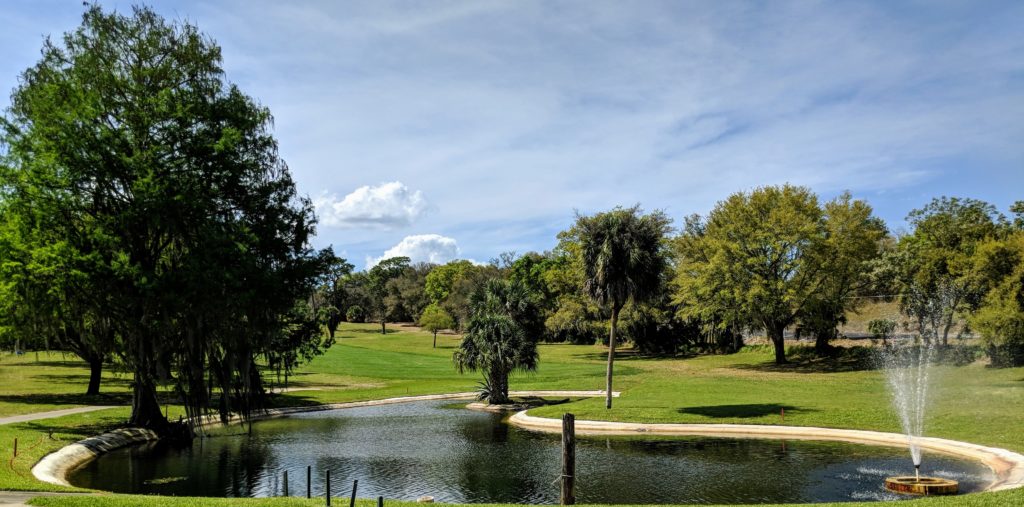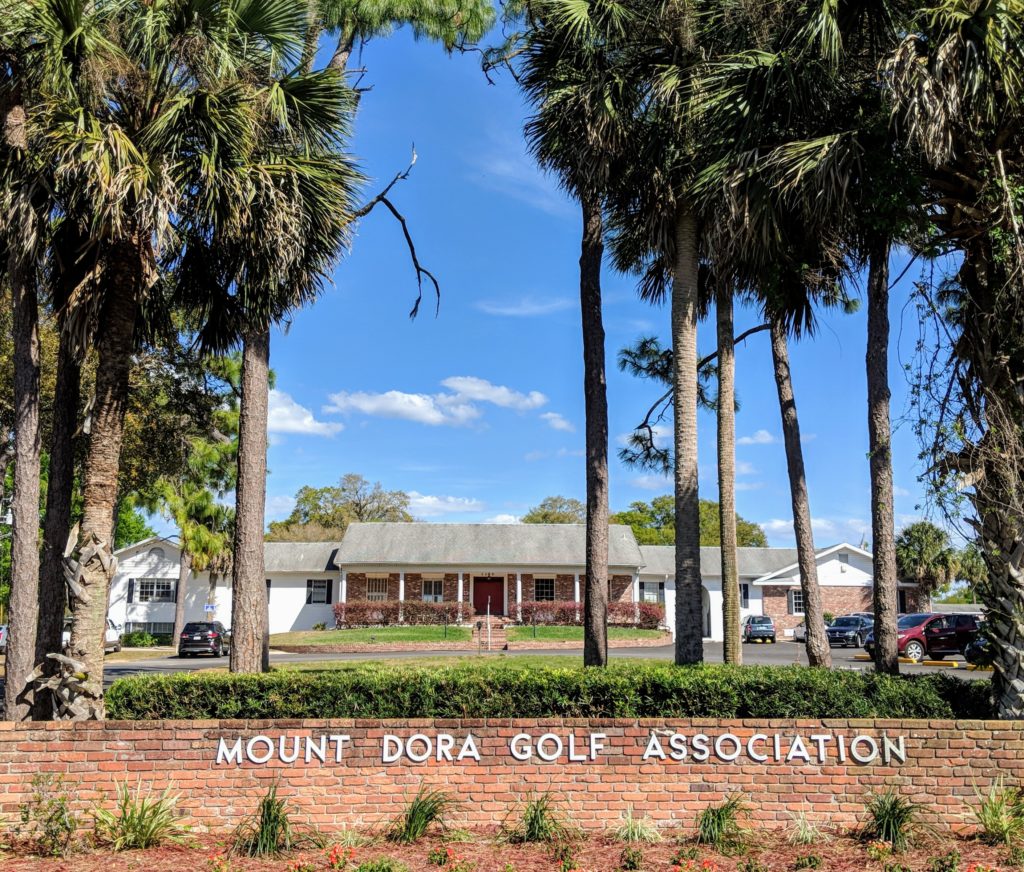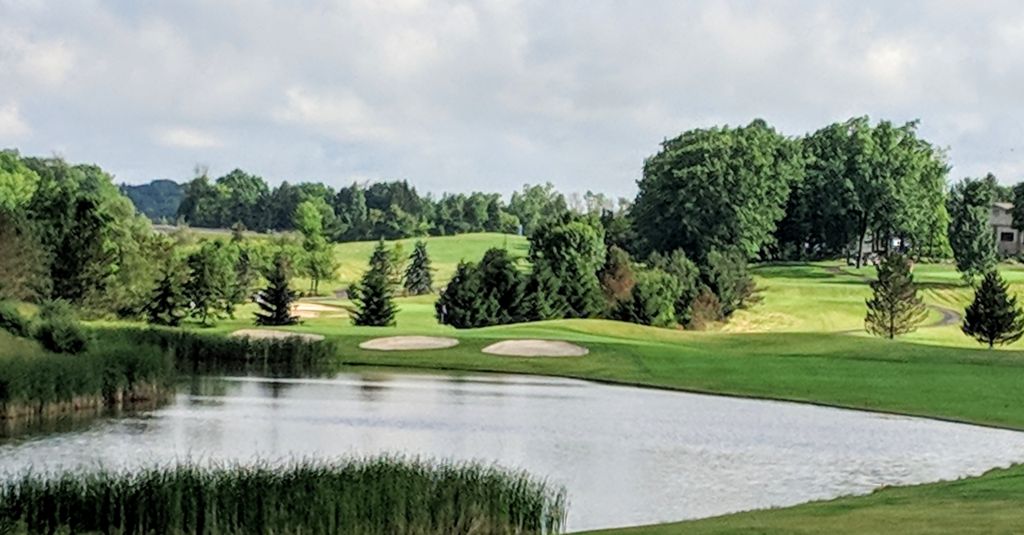
 ROCHESTER, N.Y. – There are good reasons why Rochester should come to mind when you consider golf destinations. After all, the legendary player Walter Hagen grew up here and one of the most prolific course designers, Robert Trent Jones Sr., was not only born in Rochester but his very first design, Midvale, is also within the city limits.
ROCHESTER, N.Y. – There are good reasons why Rochester should come to mind when you consider golf destinations. After all, the legendary player Walter Hagen grew up here and one of the most prolific course designers, Robert Trent Jones Sr., was not only born in Rochester but his very first design, Midvale, is also within the city limits.
And then there’s the venerable Oak Hill Country Club in suburban Pittsford. Its East Course is a Donald Ross design that dates back to 1901. The course has hosted three U.S. Opens, three PGA Championships (a fourth one is coming in 2023), two U.S. Amateurs, two Senior PGA Championships, one U.S. Senior Open and the 1995 Ryder Cup. The LPGA has played some of its majors at Locust Hill.
Golf in Rochester is a lot more than major championships, Hagen and RTJ Sr. (For the record now Chicago’s own Jeff Sluman developed his game in Rochester before becoming a fixture on the PGA Tour and PGA Tour Champions).

Rochester is also very much a place to visit for the purpose of just playing golf. Rod Christian created the New York Golf Trail, which is now the largest trail in the country in terms of courses (34). He has divided his trail into eight regions and, he says, “the most popular of the regions is right here (in Rochester).’’
Four of his New York Trail courses – The Links at Greystone in Walworth, Ravenwood in Victor, Bristol Harbour in Canandaigua and Mill Creek in Churchville – also form the Finger Lakes Golf Trail. If another course is needed to accommodate trail packages 27-hole Deerfield, in Brockport, gets the call.
Christian operates his trail in regions to facilitate travel for participating golfers. That sets New York apart from many of the other trails, most notably the much more well-known Robert Trent Jones Trail in Alabama.
“There’s a lot more driving on that trail,’’ said Christian. “Rochester is a great place to work with. Here you plant yourself in one (hotel) location and there’s no more than a 20- to 30-minute drive to the courses.’’
And those course are not only good, they’re affordable.
The best course we played on our visit was The Links at Greystone, a family owned and operated facility with a course designed by Craig Schreiner in 1995. Its top greens fee is $67 – a bargain given the quality of the course.
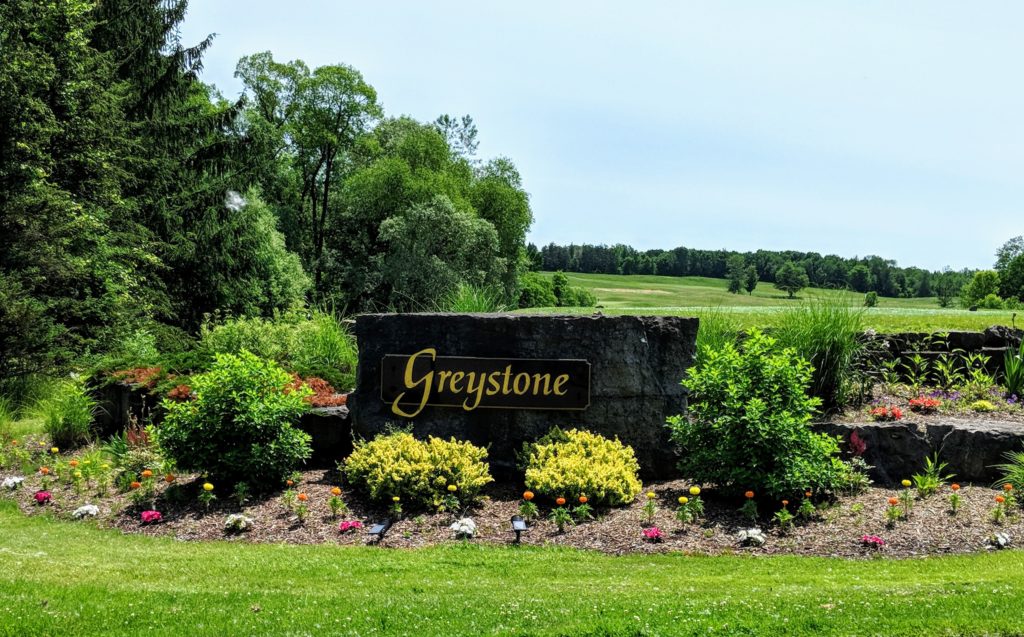
Greystone is a three-generation labor of love for members of the Odenbach family, who opened a quarry and mining business in the Rochester area in 1920. Using equipment from that business, the Odenbachs built three courses between 1979 and 1995, sold them in 2000 and then bought them back 16 years later. They now operate two of the courses with family members playing a variety of lead roles.
Brothers John and Gardy Odenbach own The Links at Greystone. John’s son Alex is general manager and Gardy’s son Dusty is the director of golf. John’s wife Julie, a well-known high school coach of both boys and girls teams in the area, oversees the gardening and floral arrangements at the course.
“Our family tree is large here,’’ admitted Dusty Odenbach. The superintendent, Tim Hahn, may as well be a family member, too. The son of a one-time superintendent at famed Oak Hill, Hahn has been at Greystone since it opened.
Ravenwood is good, too. It has hosted the New York State Amateur twice. Its top green fee is $65 in the summer months.
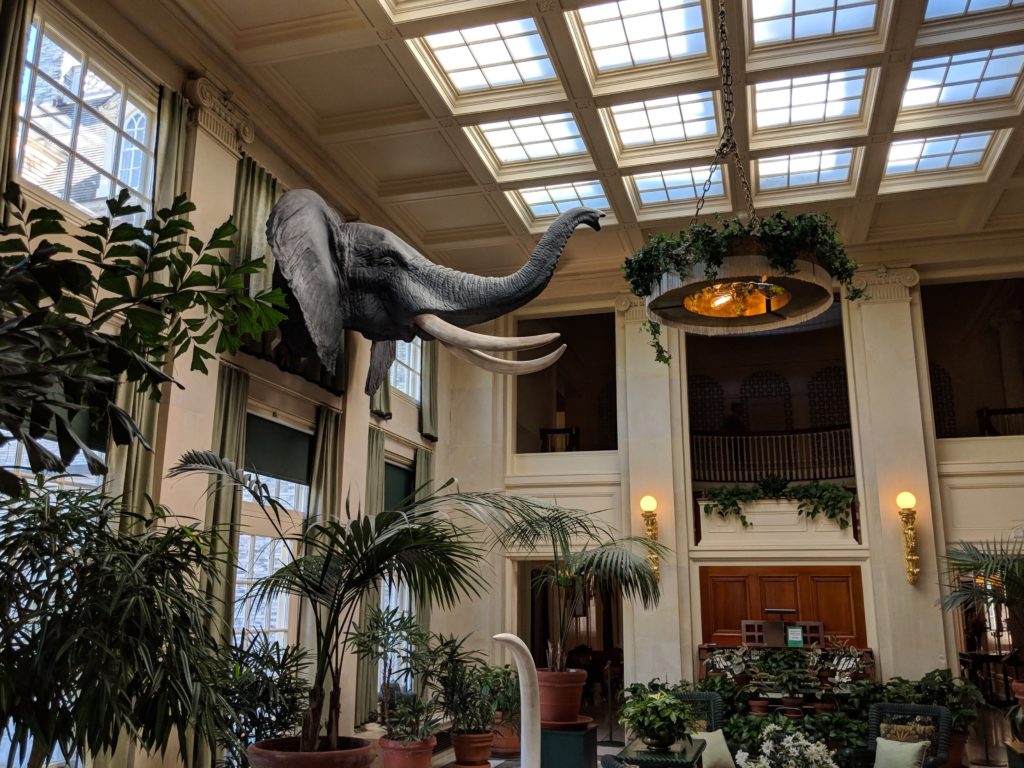
While the golf at the approximately 60 public course within a 20-mile radius of Rochester is enticing, the area has other attractions that are also appealing – especially if you schedule your visit during the annual Rochester International Jazz Festival. It keeps the downtown area hopping with its series of free concerts.
Of the year-around offerings, The Strong National Museum of Play most accurately bills itself as “the ultimate play destination for all ages.’’ It has the world’s largest collection of toys, dolls, board games and electronic games and its Toys National Hall of Fame honors such innovators as Milton Bradley, Walt Disney, Jim Henson and George Lucas.
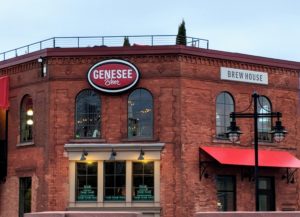
Then there’s the George Eastman Museum. Eastman, founder of the Eastman Kodak Company, was a pioneer in the photography and motion picture industry and the museum is housed in his mansion. It has one of the oldest film archives in the U.S. and its artifacts include the world’s largest collection of camera technology.
If you want a non-golf outdoor activity take a guided cruise down the Erie Canal on the Sam Patch, a replica of the boats that traveled in the canal after its opening in 1825.
Dining is more than ample, too. We tried out The Cub Room, which specializes in American fare but has nothing to do with Chicago’s baseball team. We also sampled the Italian dishes at Branca Midtown, the unique atmosphere of the Genesee Brew House and the wines at the Casa Larga Vineyards.
All made for a great escape but the golf was in the forefront.


